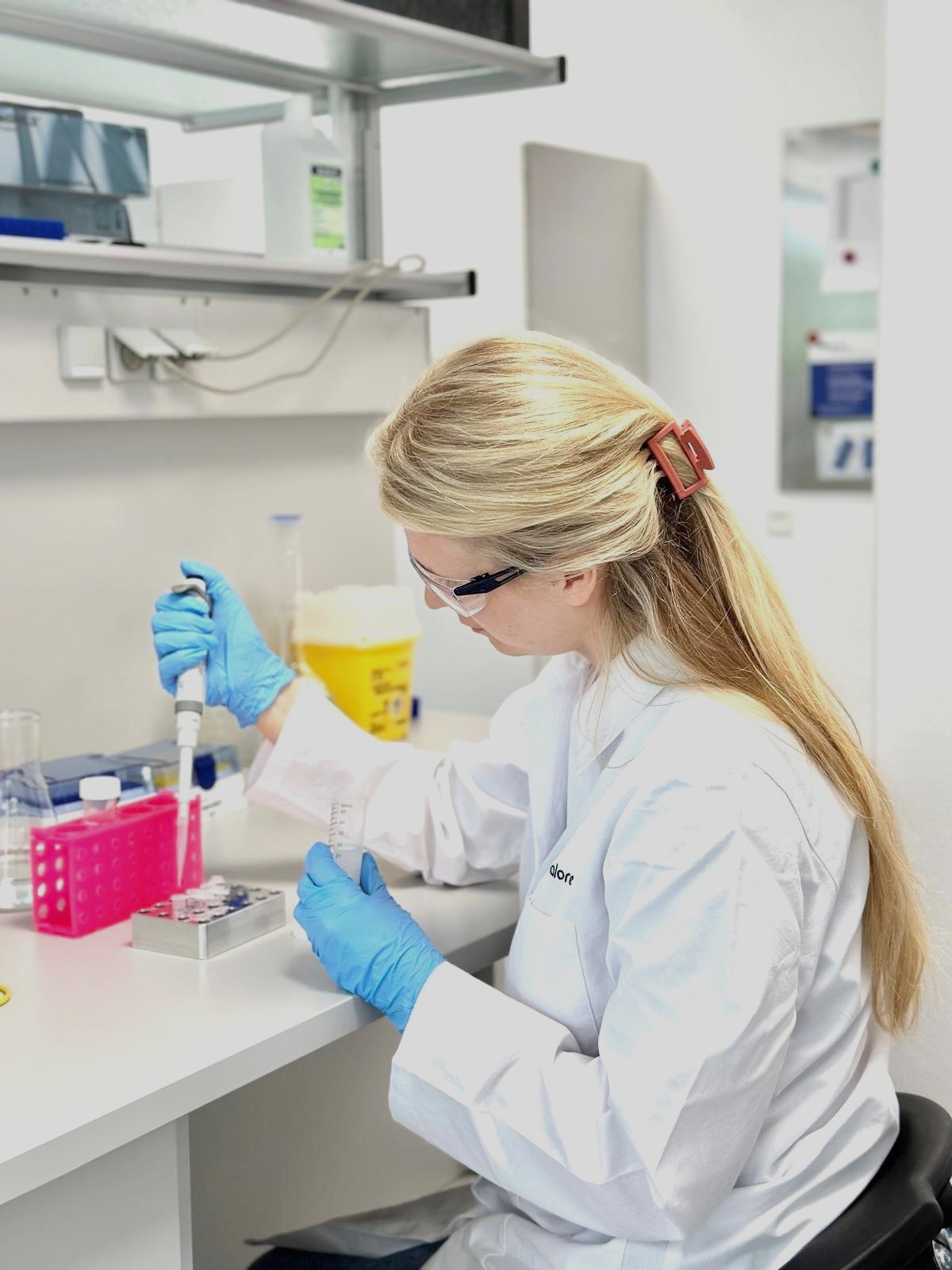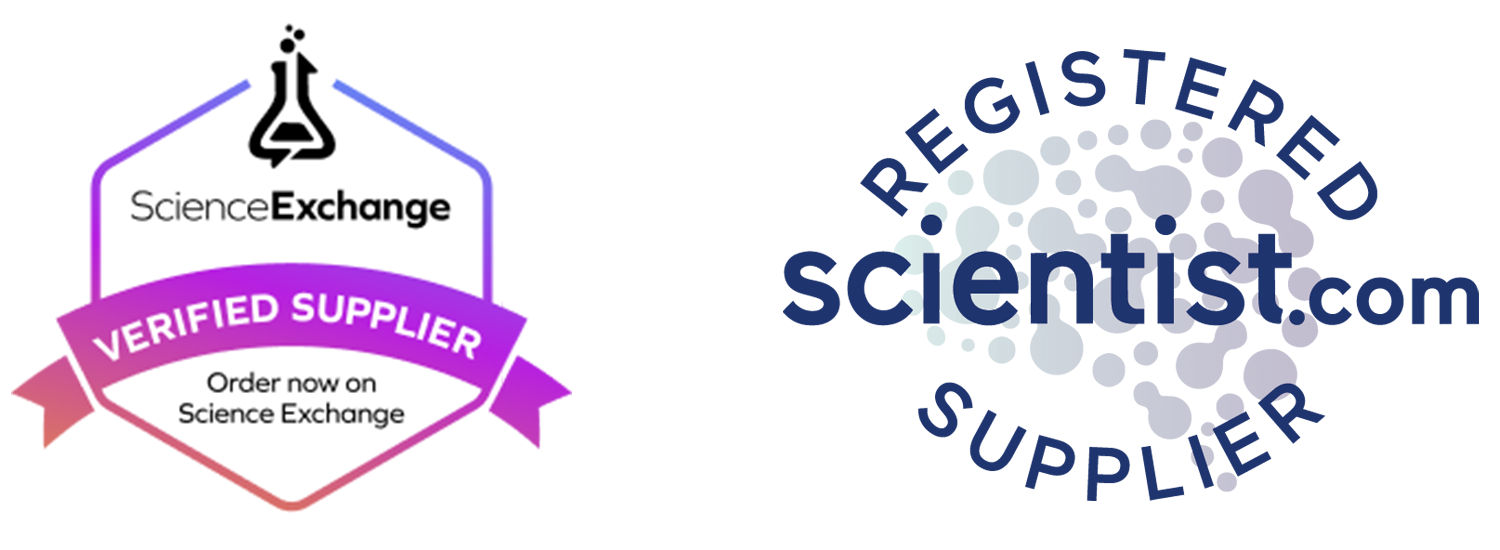TEST METHOD DEVELOPMENT IN MODERN PHARMACEUTICAL LABS
Our company is at the forefront of developing robust, reliable and accurate analytical test methods that are essential for characterizing drug substances and drug products. Through comprehensive planning, risk analysis and collaboration with our stakeholders, we ensure that the highest standards of quality control are maintained.
Leimen, 03 Jan 2025 – In the pharmaceutical industry, analytical test methods are essential for characterizing drug substances or drug product samples during release or stability studies. The selection of analytical test methods is determined by the specific requirements of the molecule. The goal of test method development is to produce robust, reliable, and accurate quality control methods with detailed written test instructions. Therefore, a comprehensive approach for method development is needed to meet these requirements. If you are a third-party laboratory, your customers may include other pharmaceutical companies. Conversely, if you are a pharmaceutical company, your customers are your internal stakeholders, such as the drug product formulation development department. In both cases the test method development process can be complex and demanding, often involving significant effort and challenges.
The steps described below are recommended to maximize the effectiveness of your test method development results.
Planning and Risk Analysis
The initial phase involves extensive planning, working closely with customers to understand their needs. Typically, there are three ways to initiate a collaboration:
- Feasibility studies to test products with already established analytical test methods
- Traditional test method development with a minimal approach, such as one factor at time (OFAT).
- Extensive test method development using Design of Experiments (DoE) with an advanced approach.
At the outset, a comprehensive risk analysis of potential method parameters should be performed and documented using tools such as the Ishikawa diagram. This document serves as a valuable learning resource for all subsequent steps, acting as a dynamic, living document where adjustments are made promptly as new knowledge is gained.
To perform an effective risk analysis, comprehensive information should be gathered, including:
- drug substance specific characteristics such as stability and degradation parameters,
- the types of excipients used for drug product formulation,
- a thorough literature review for the specific method,
- and prior knowledge.
Brainstorming with the team and stakeholders is very useful at this stage.

In addition, it should be considered that in some cases analytical methods can be applied to several products with minimal adaptations, allowing for shortened development and scientifically justified validation studies. In such cases, it is appropriate to use the advanced approach.
Simple vs. Advanced Approaches
Analytical method development can be divided into simple and advanced approaches (1):
- Simple approach: Includes identification of product characteristics to be tested, selection of appropriate technology, evaluation of performance characteristics (specificity, accuracy, precision, robustness), and documentation of analytical procedure and control strategy.
- Advanced approach: Involves systematic knowledge management, risk assessment, DoE, and definition of a control strategy with proven acceptable ranges (PARs) and/or method operable design regions (MODRs). This approach improves understanding of parameter effects and provides greater flexibility in life cycle management.
Here are the key elements to consider when developing a test method:
Analytical Target Profile (ATP) and Knowledge Management
Understanding the product and manufacturing process helps identify the critical quality attributes (CQAs) to be monitored. These are important in defining an Analytical Target Profile (ATP), regardless of the test method used. For example, to detect impurities, a test method should be selected with an appropriate mode of detection, acceptable accuracy, and an appropriate limit of quantitation. Knowledge management, such as prior knowledge of drug substance degradation pathways, plays a key role in the definition of ATPs.
Risk Management and Robustness Studies
Generally, the knowledge management and quality risk management (QRM) drive continuous improvement.
QRM supports the development of robust analytical procedures, reducing the risk of poor performance and false results. As described above, it is initiated in the early stages of method development and updated as more information becomes available (1). The tools described in ICH Q9 Annex 1 can be used to identify test method parameters and define potential effects on method performance (2).
When planning the robustness study, these parameters should be considered. According to ICH Q14, robustness is defined as the capacity of an analytical procedure to meet its expected performance requirements during normal use (1). Parameters determining the robustness study are identified during the method development and are incorporated into the control strategy.
Parameter Ranges and Control Strategy
Risk assessment and prior knowledge should guide the identification of parameters and ranges for investigation. Investigations can be performed using simple or advanced approaches that identify relationships between procedure inputs and outputs. Depending on the type of approach, the results of the investigations may define fixed set points, a proven acceptable range for analytical procedures (PAR), or a method operable design region (MODR) (1).
PAR is a specific range for a parameter in an analytical procedure. If you operate within this range and keep other parameters constant, the measurement will meet the required performance standards. MODR means having a set of ranges for different parameters in an analytical procedure where, if you stay within these ranges, the procedure will meet performance standards and ensure the quality of the results.
Control strategies ensure the procedure remains suitable for its intended purpose throughout its lifecycle, including system suitability tests (SST) and sample suitability assessments.
Lifecycle Management and Change Control
Developed test method is written in test method instructions and validated according to ICHQ2(R2) (3). All post-development method changes are coordinated with customers or stakeholders and updated using established change management procedures and risk assessments.
Conclusion
In summary, the development of robust, reliable and accurate analytical test methods is critical for characterizing drug substances and drug products. This process involves holistic planning, risk analysis, well-chosen experiments and implementation of a control strategy. Control strategies ensure that the method remains suitable throughout its lifecycle and change management procedures help to maintain method suitability after development.
Overall, a systematic approach for method development is essential to meet the specific requirements of the drug substance and ensure quality control of the drug product.
For more information, please contact:
Dr. Anamarija Curic
CEO
nuvalore GmbH
anamarija.curic@nuvalore.com
References
(1) ICHQ14. www.ema.europa.eu/. [Online] 06 14, 2024. https://www.ema.europa.eu/en/documents/scientific-guideline/ich-q14-guideline-analytical-procedure-development-step-5_en.pdf.
(2) ICHQ9. www.ema.europa.eu. [Online] 07 26, 2023. https://www.ema.europa.eu/en/documents/scientific-guideline/international-conference-harmonisation-technical-requirements-registration-pharmaceuticals-human-use-ich-guideline-q9-r1-quality-risk-management-step-5-revision-1_en.pdf.
(3) ICHQ2(R2). www.ema.europa.eu. [Online] 06 14, 2024. https://www.ema.europa.eu/en/documents/scientific-guideline/ich-q2r2-guideline-validation-analytical-procedures-step-5-revision-1_en.pdf.
nuvalore GmbH
Nehmen Sie unverbindlich Kontakt über das Formular mit uns auf.
Wir melden uns zeitnah bei Ihnen zurück. Vielen Dank!
Sie möchten lieber mit uns persönlich sprechen?
+49 (6224) 179 966 0
nuvalore GmbH
Paul-Ehrlich-Str. 1
D – 69181 Leimen
Fon
+49 (6224) 179 966 0

